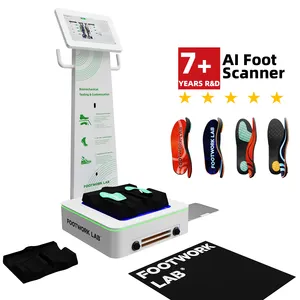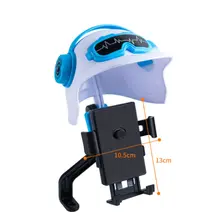3D foot scanners, utilizing cutting-edge technologies, are instrumental in the customization of footwear. Among these technologies, laser triangulation 3D scanning is prominent, using a laser line or point to map an object's surface with high resolution and accuracy. This method, however, is sensitive to surface properties, which can be a consideration when scanning feet.
Structured light 3D scanning is another method employed in foot scanners. It projects a series of linear patterns onto the foot and calculates the surface contours based on how these patterns deform. This technology is known for its speed and resolution, making it suitable for capturing the complex geometry of the foot.
Contact-based 3D scanning, or digitizing, is a tactile approach that involves a probe physically touching the foot to gather data. This method boasts high precision and is effective for scanning transparent or reflective surfaces, which are typically challenging for other technologies.
Lastly, laser pulse-based 3D scanning, including Time-of-Flight and Lidar, measures the time a laser takes to reflect back from the foot. This technology is adept at scanning large objects and environments, although it is generally slower than other methods. The choice of technology in a 3D foot scanner affects its performance, precision, and suitability for various applications in the footwear industry.













































 浙公网安备 33010002000092号
浙公网安备 33010002000092号 浙B2-20120091-4
浙B2-20120091-4